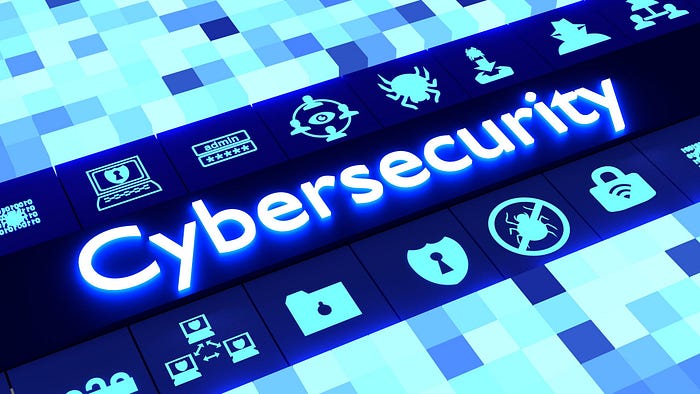Cybersecurity Matters: An Ultimate Guide

Cybersecurity is an increasingly important issue in today’s digital age. With more and more sensitive information being stored online, it is crucial that individuals, businesses, and governments take steps to protect themselves against cyber threats.
Cybersecurity refers to the practice of protecting computer systems and networks from unauthorized access, theft, damage, and other types of malicious activity. This can include measures such as firewalls, encryption, and antivirus software, as well as more advanced techniques such as intrusion detection and prevention systems.
One of the biggest challenges facing cybersecurity today is the constantly evolving nature of cyber threats. As technology advances, hackers and other malicious actors are finding new and more sophisticated ways to infiltrate networks and steal information. This means that cybersecurity measures must also evolve and adapt in order to stay effective.
Another challenge is the sheer volume of data that needs to be protected. With so much information being stored online, it can be difficult to ensure that all of it is adequately secured. Additionally, the rise of cloud computing has created new vulnerabilities, as data is no longer stored solely on local networks and devices.
Despite these challenges, there are many steps that individuals, businesses, and governments can take to improve their cybersecurity posture. These include:
- Educating users about cyber threats and best practices for staying safe online. This can include things like password management, avoiding phishing scams, and recognizing suspicious activity.
- Implementing strong authentication protocols, such as two-factor authentication or biometric authentication, to ensure that only authorized users are able to access sensitive data.
- Regularly updating software and security systems to ensure that they are able to detect and defend against the latest threats.
- Conducting regular security audits and vulnerability assessments to identify and address weaknesses in the system.
- Implementing a comprehensive incident response plan in case of a security breach.
By taking these steps and staying vigilant, it is possible to reduce the risk of cyber attacks and protect sensitive information from unauthorized access. However, cybersecurity is an ongoing process that requires ongoing attention and investment. As technology continues to advance and threats evolve, it is important to stay up-to-date on the latest trends and best practices in order to stay secure in the digital age.
Business d’Or is a place of motivation for the business world. They are making the world’s most influential leaders and entrepreneurs who are driving change, remodeling organizations and developing a big impact on the world.
Let’s Start A New Journey with Business d’Or — Share Your Successes.